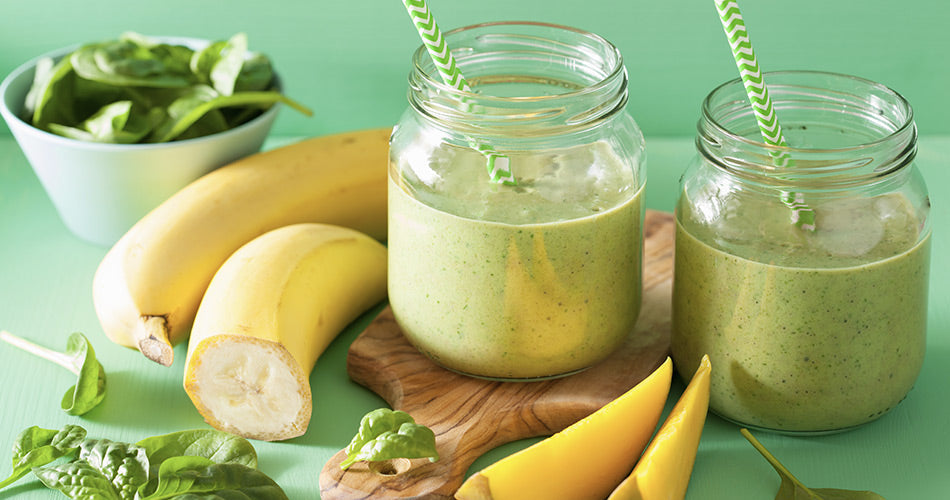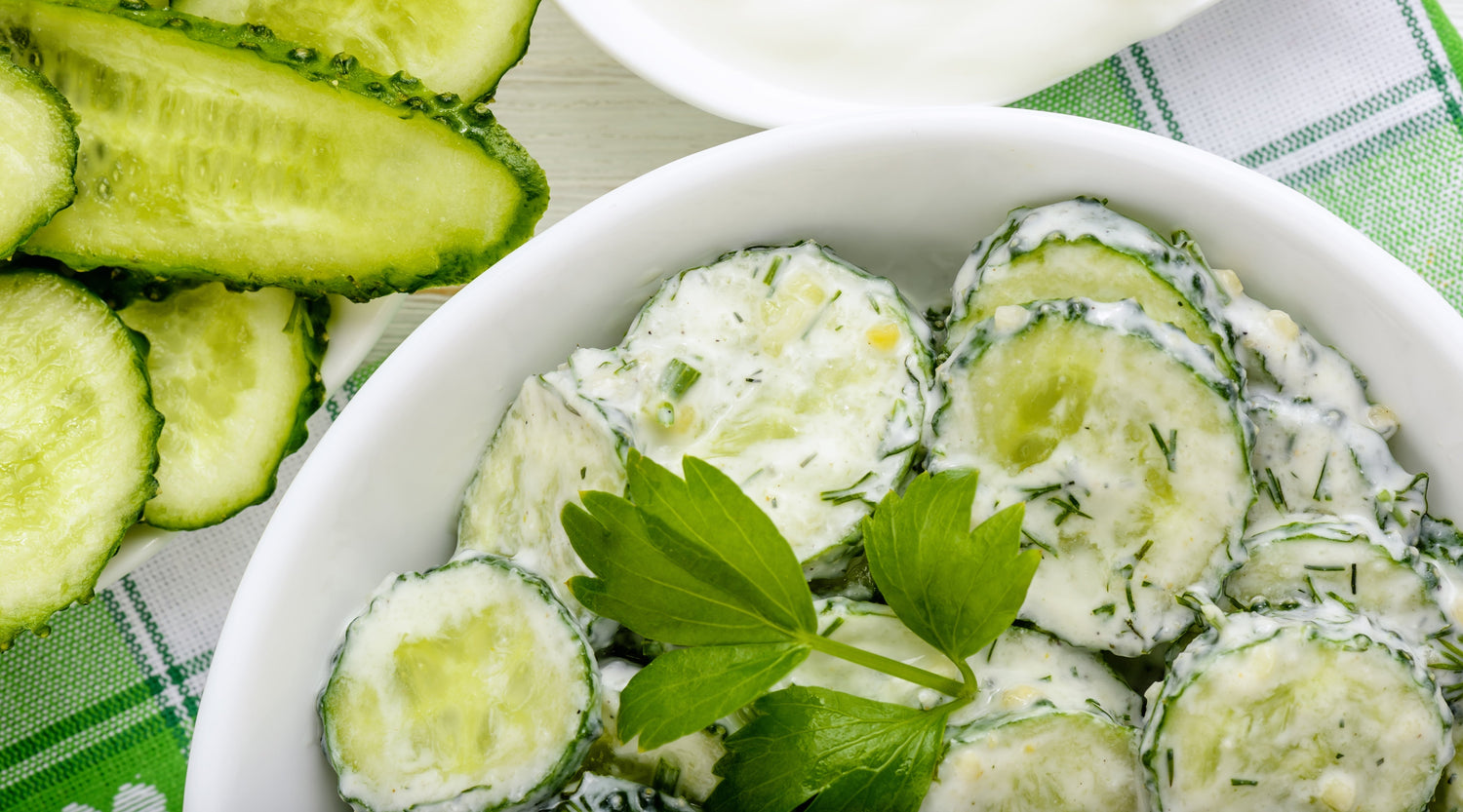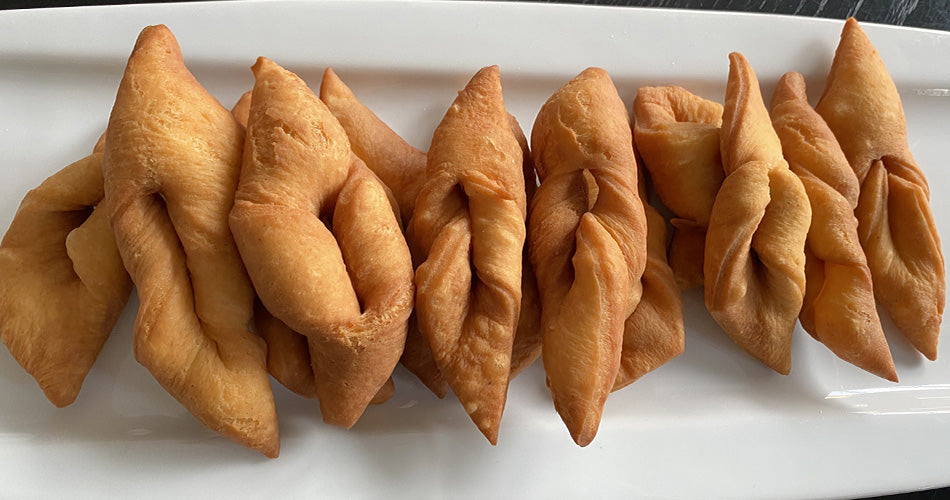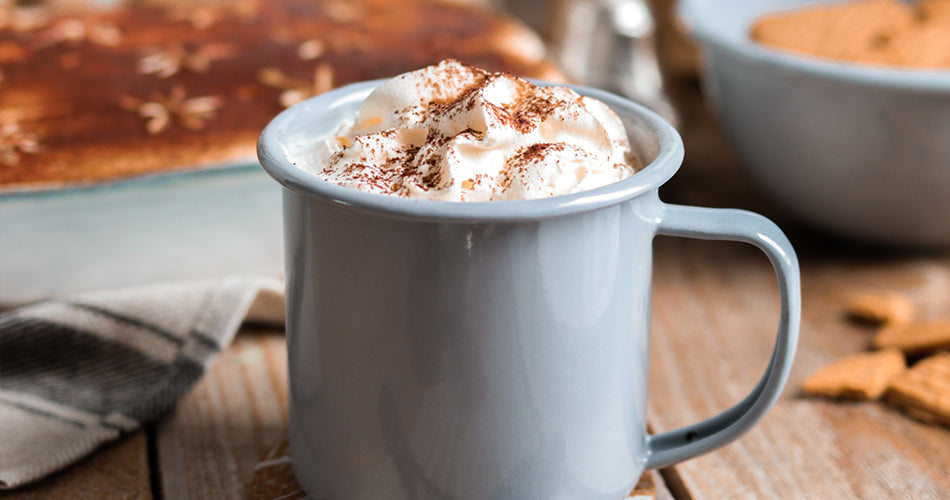While everyone has heard of the Mediterranean diet, I doubt many of you have heard of the Nordic diet. It is interesting that when I was growing up there was never talk of a diet. In Iceland, a very homogeneous country where everyone in my small town of Grindavik tended to work hard and eat local, we hardly ever went to restaurants, ate out, or had take-out fast food. Everyone was “playing” outside instead of on a computer or smart phone, and there was literally no obesity. Because of that, lifestyle diseases were scarce, except for complications related to smoking—not everything was better in the old days.
My father was a fisherman, so we would have freshly caught fish for dinner 4-5 days a week. The biggest headache for my mother was to find different ways to cook the fish so we wouldn’t grow tired of having the same thing to eat all week. This healthy way of eating was to become my foundation in life. I think of it as building a house. If you use bad materials in the foundation, cracks will emerge and it will eventually come crashing down.With all its perfections and imperfections, the body is resilient and remarkable, but without proper care, it will bend and break.
The Nordic diet has been this healthy foundation for me. It incorporates the foods found in the Nordics–Iceland, Norway, Sweden and Denmark–but that doesn’t mean it can’t be enjoyed anywhere else in the world.
"The Nordic diet is a concept, a way of living. This plan which you can call “eat like a Viking” doesn’t involve cutting out major food groups or starving yourself of essential nutrients. Simply put, it is not a fad but more of a healthy way of life."
What to eat on the Nordic diet:
- Locally grown fruit
- Locally grown vegetables – root vegetables (leeks, turnips, carrots etc), cruciferous vegetables (cauliflower, kale, etc.)
- Fish, as much locally and wild caught as possible – fatty as well as low fat fish (salmon, rainbow trout, herring, tuna, cod)
- Dairy – low fat and low sugar dairy (eggs and Skyr)
- High fiber grains – barley, oats, wholegrain pasta
- Fats – nuts, seeds, no trans-fat oils
- Berries – blueberries, strawberries, etc.
- Meat – white meat, game, chicken
What to drink:
- Plenty of water
- Tea and coffee occasionally
What to avoid:
- Red meats
- Sweets
- Fizzy drinks
- Food additives
- Highly processed foods
- Overfished foods or foods that have travelled a long way
As we grow older, we are not only responsible for our own health, but we also become responsible for the health of our children. A foundation of good nutrition is the best thing you can do to help your children live a happy and healthy life. What we eat is one of the most important things for good health and the foundation of the Nordic diet is solid.
My advice is simple; eat clean and local. Organic is always better. Choose your fats wisely. Eat less red meat and more locally grown fruits and vegetables. And always remember, the fewer ingredients in the products you eat, the better. For some inspiration, check out this Icelandic Cod with Barley Risotto recipe.
Enjoy and eat yourself healthy!
